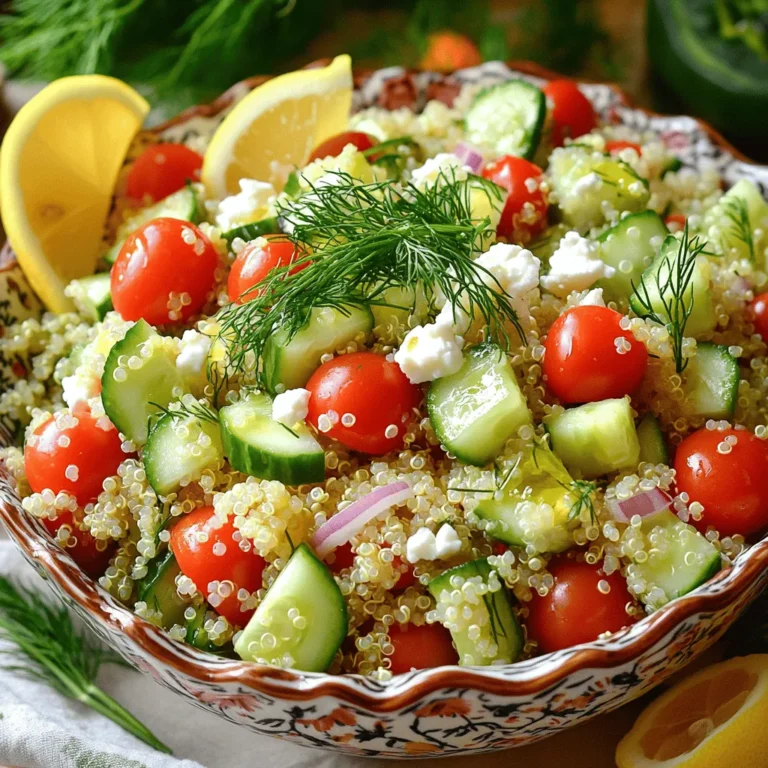Classic Chicken Alfredo Flavorful and Easy Recipe
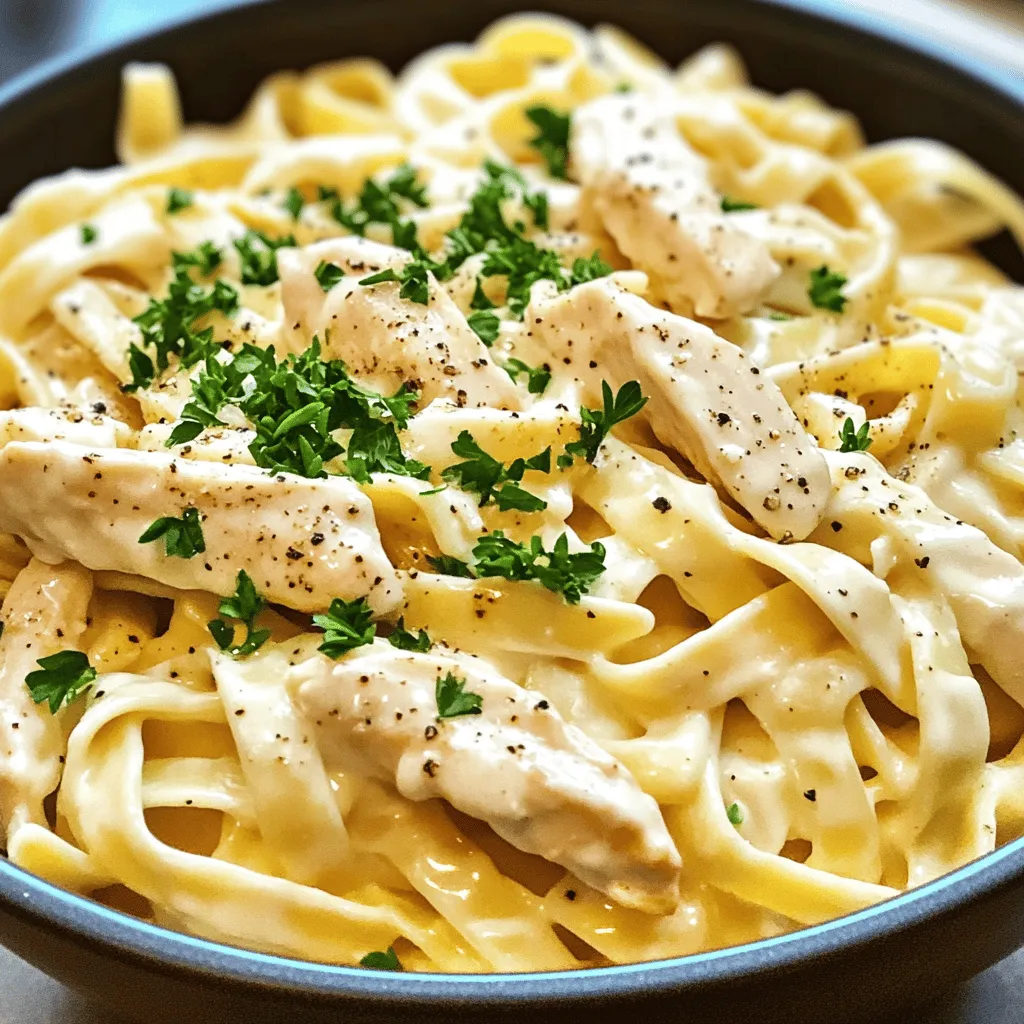
Are you ready to whip up a delicious Classic Chicken Alfredo? Trust me, this easy recipe will make your taste buds dance. With simple ingredients like chicken, fettuccine, and a creamy sauce, you’ll impress everyone at dinner. In this post, I’ll guide you step by step, share tips for perfection, and even offer tasty variations. Let’s get started on creating a dish that you and your family will love!
Ingredients
Main Ingredients for Classic Chicken Alfredo
To make a tasty Chicken Alfredo, you’ll need some key ingredients:
- 2 boneless, skinless chicken breasts, sliced into strips
- 8 oz fettuccine pasta
- 2 tablespoons olive oil
- 3 cloves garlic, minced
- 1 cup heavy cream
These ingredients form the base of your dish. The chicken gives it protein, while the fettuccine adds a great texture. Olive oil and garlic build rich flavors, and heavy cream brings that creamy goodness.
Seasoning and Garnish
Now, let’s add some flavor and a touch of freshness:
- 1 cup grated Parmesan cheese
- 1 teaspoon Italian seasoning
- Salt and black pepper to taste
- Fresh parsley, chopped (for garnish)
- Freshly cracked black pepper (for finishing)
Parmesan cheese adds a salty, nutty flavor, while Italian seasoning brings in herbs. Salt and black pepper balance the dish. Finally, fresh parsley makes your plate look nice and adds brightness.
Step-by-Step Instructions
Cooking the Pasta
1. Fill a large pot with water and add salt.
2. Bring the water to a rolling boil.
3. Add 8 oz of fettuccine pasta to the boiling water.
4. Cook the pasta according to the package instructions until al dente.
5. Before draining, save ½ cup of the pasta water.
6. Drain the pasta and set it aside.
Preparing the Chicken
1. In a large pan, heat 2 tablespoons of olive oil over medium heat.
2. Once the oil is hot, add 2 boneless, skinless chicken breasts, sliced into strips.
3. Season the chicken with salt and black pepper.
4. Sauté the chicken for about 5-7 minutes, until it turns golden brown.
5. Remove the chicken from the pan and place it on a plate.
Making the Alfredo Sauce
1. In the same pan, add 3 minced garlic cloves.
2. Sauté the garlic for about 1 minute until it is fragrant.
3. Pour in 1 cup of heavy cream and bring it to a gentle simmer.
4. Stir in 1 cup of grated Parmesan cheese and 1 teaspoon of Italian seasoning.
5. Let the sauce simmer for 2-3 minutes until it thickens slightly.
6. If the sauce gets too thick, mix in some reserved pasta water to reach your desired consistency.
Combining Ingredients
1. Return the cooked fettuccine and sautéed chicken to the pan.
2. Toss everything together so the pasta and chicken are well coated in the Alfredo sauce.
3. Taste the dish and adjust the seasoning with extra salt or pepper, if needed.
Tips & Tricks
Perfecting the Sauce
To make the sauce just right, you want it thick but smooth. Start with low heat and stir often. If the sauce gets too thick, add a bit of the reserved pasta water. This can help make it creamy without losing flavor. For a twist, try using half-and-half instead of heavy cream. It still gives a nice creaminess while cutting some fat.
Cooking Chicken to Perfection
To keep chicken tender, don’t rush the cooking. Sauté the strips on medium heat for about 5-7 minutes. This way, they cook evenly and stay juicy. Check that the inside is no longer pink. You can also brine the chicken beforehand. This adds flavor and keeps it moist.
Serving Suggestions
Pairing side dishes can enhance your meal. Garlic bread works great with Chicken Alfredo. A fresh salad adds a nice crunch. For presentation, serve the pasta in a shallow bowl. Top it with parsley and a sprinkle of black pepper. This makes the dish look as good as it tastes.

Variations
Different Protein Options
You can switch up the protein in your Chicken Alfredo for a new twist.
- Shrimp Alfredo: Instead of chicken, use shrimp. Cook shrimp in the same way as chicken. They cook faster, so keep an eye on them. The result is light and tasty.
- Mushroom Alfredo (Vegetarian): For a veggie option, use mushrooms. Sauté them until golden and tender. They add a rich, earthy flavor to the dish.
Gluten-Free Alternatives
If you need to avoid gluten, there are great options for you.
- Using gluten-free pasta options: Look for gluten-free fettuccine. Many brands taste great and hold up well in sauce.
- Other dietary adaptations: You can also try spiralized vegetables like zucchini or squash. These options are healthy and fun!
Flavor Enhancements
Adding flavor can make your dish even better.
- Adding spices or herbs: Try adding a pinch of nutmeg or crushed red pepper for heat. Fresh herbs like basil or thyme can brighten your dish.
- Incorporating vegetables: Toss in some spinach, broccoli, or peas. They add color and nutrition.
Feel free to experiment with these variations. Each choice brings unique flavors to your plate!
Storage Info
Storing Leftovers
To keep your chicken Alfredo fresh, store it in an airtight container. This method helps keep out air and moisture. Place it in the fridge right after it cools down. Chicken Alfredo will stay good for about three to four days in the fridge. If you wait longer, it might not taste as great.
Reheating Instructions
When it’s time to enjoy your leftovers, reheat them safely. The stove or microwave works well. If using the stove, add a splash of cream or milk. This helps keep the sauce creamy. Stir gently over low heat until warm. For the microwave, heat in short bursts. Stir in between to avoid hot spots. Enjoy your creamy chicken Alfredo just like the first time!
FAQs
What is the origin of Chicken Alfredo?
Chicken Alfredo comes from Italy. It started as a simple pasta dish. In the early 1900s, Alfredo di Lelio made it famous in Rome. He used butter and cheese to create a rich sauce. Over time, cooks added cream and chicken for more flavor. Today, we enjoy Chicken Alfredo worldwide.
Can I make Chicken Alfredo without cream?
Yes, you can make Chicken Alfredo without cream. Use Greek yogurt or cashew cream as a substitute. Both options keep the dish creamy. You can also use chicken broth and a little flour to thicken the sauce. This choice is lighter and still tasty.
What can I serve with Classic Chicken Alfredo?
Classic Chicken Alfredo pairs well with many side dishes. Here are some great options:
- Garlic bread
- Steamed broccoli
- Caesar salad
- Roasted vegetables
- A light green salad
These sides add flavor and balance to your meal.
Can I use something other than fettuccine for this recipe?
Absolutely! You can use many types of pasta. Try penne, linguine, or even spaghetti. Each pasta brings its own texture. Choose what you enjoy most for a fun twist on this dish.
How to make this dish dairy-free?
To make Chicken Alfredo dairy-free, swap out dairy ingredients. Use almond or coconut milk instead of cream. Nutritional yeast can replace Parmesan cheese for a cheesy flavor. These swaps ensure everyone can enjoy the meal.” It has all the steps and details you need to create this delicious dish. Enjoy cooking!
In this blog post, we explored how to make classic Chicken Alfredo. We covered essential ingredients, step-by-step cooking methods, and tips for perfection. You learned about storage and reheating, plus variations like shrimp or gluten-free options. Remember, the key to a great Chicken Alfredo is balance. Use fresh ingredients and trust your taste. Enjoy crafting your dish, knowing you can make it your own.Happy cooking!
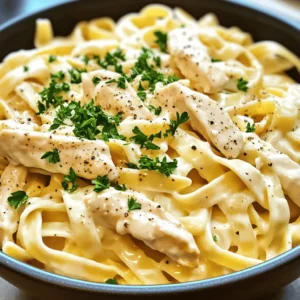

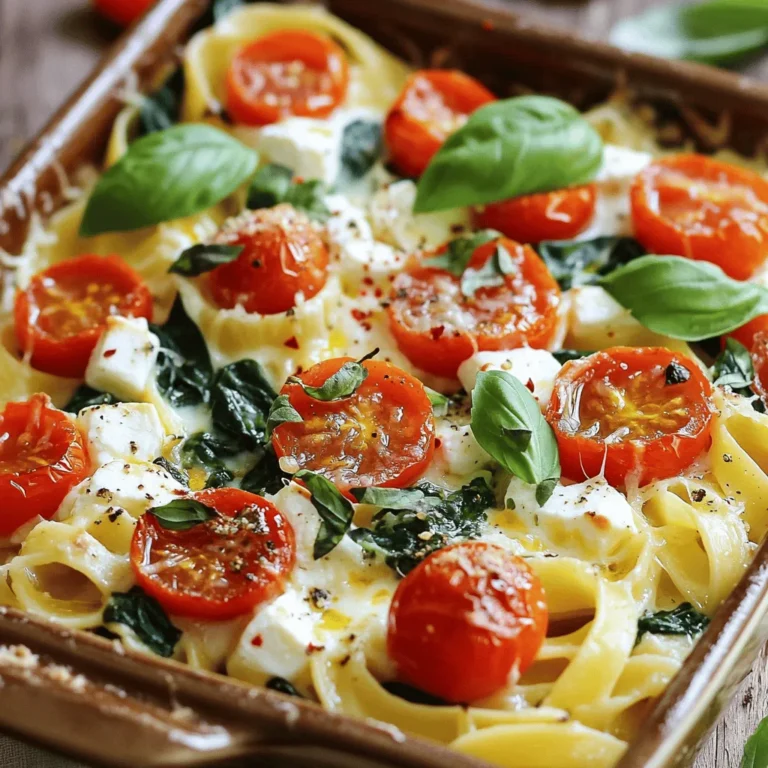
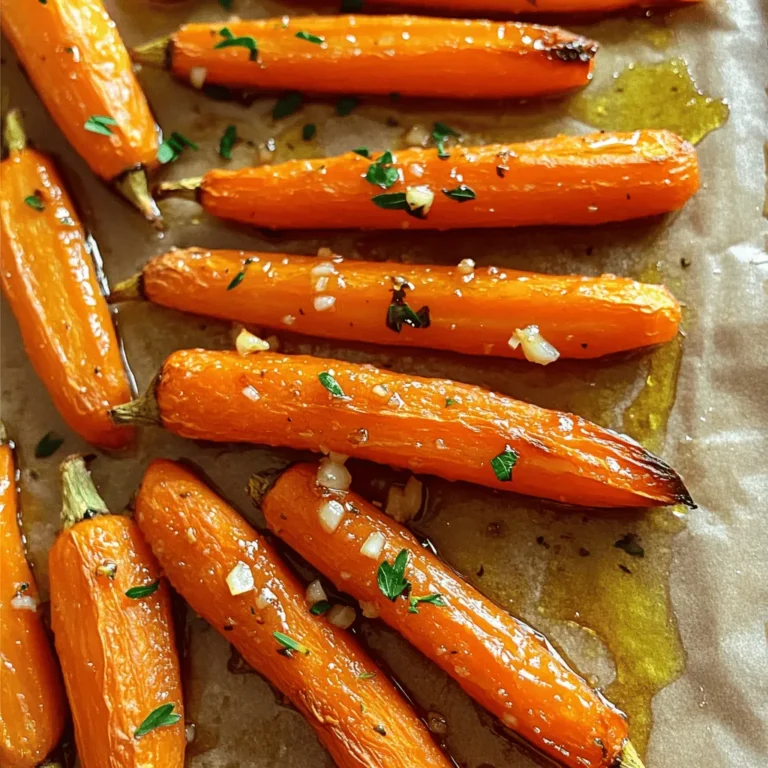
![For this dish, you need simple yet vibrant flavors. The essential ingredients are: - 2 lbs baby potatoes, halved - 1/4 cup extra virgin olive oil - 1/4 cup freshly squeezed lemon juice Baby potatoes are perfect because they cook evenly and taste great. Extra virgin olive oil adds rich flavor and helps the potatoes crisp up. Fresh lemon juice gives a bright, zesty kick that makes these potatoes shine. To boost the taste, we use a few key spices. They include: - 3 cloves garlic, finely minced - 2 teaspoons dried oregano - 1 teaspoon sea salt - 1/2 teaspoon freshly ground black pepper Minced garlic brings warmth and depth. Dried oregano adds an earthy note that pairs well with lemon. Sea salt and black pepper enhance all the flavors, making every bite delicious. When serving, a few garnishes can elevate the dish. Here are my favorites: - 1 tablespoon fresh parsley, finely chopped (for garnish) - Lemon wedges (for serving) Fresh parsley adds color and a hint of freshness. Lemon wedges let guests add more zing if they like. These simple touches make your Greek lemon potatoes look and taste even better. For the full recipe, check out the details above! - First, preheat the oven to 400°F (200°C). This helps the potatoes roast evenly. - Next, grab a large mixing bowl. Add the olive oil, lemon juice, minced garlic, oregano, salt, and black pepper. Whisk these together until mixed well. This marinade adds a zesty flavor that makes the potatoes shine. - Now, take your halved baby potatoes and add them to the bowl with the marinade. - Toss the potatoes gently in the mixture. Make sure each piece is coated well. This step is key for flavor. - Carefully transfer the coated potatoes to a large baking dish. Arrange them in a single layer. This helps them cook evenly and get that nice golden color. - Place the baking dish in the oven. Roast the potatoes for 40-45 minutes. Remember to toss them halfway through. This ensures they brown nicely. - Once they are golden and tender, take the dish out of the oven. Let the potatoes cool for a few minutes. Just before serving, sprinkle with chopped parsley. Serve with lemon wedges for a burst of flavor. For the full recipe, check the detailed instructions. To get that golden brown finish, choose small baby potatoes. Their skin crisps nicely, giving a great texture. After roasting for about half the time, toss the potatoes. This helps them brown evenly. Use a spatula to gently turn them. For added zest, consider mixing in lemon zest with your marinade. Lemon zest brightens the dish. You can also add fresh herbs, like thyme or rosemary, for depth. Balance the garlic and lemon by not using too much garlic. The garlic should enhance, not overpower. Serve the potatoes in a colorful bowl to catch the eye. Arrange lemon wedges around the edge. This not only looks nice but adds flavor. You can sprinkle fresh parsley on top for a pop of color. It makes the dish more appealing and fresh. For the complete process, refer to the Full Recipe. {{image_4}} You can add more flavor by using herbs. Fresh herbs bring a bright taste. Dried herbs are easy and still tasty. I love using fresh parsley and thyme. They add freshness and depth. You can also try rosemary for a bold flavor. Mix and match herbs to find your favorite combo. Want to change things up? Try adding different citrus fruits. Oranges or limes give a nice twist. You can also use vegetable broth instead of oil. This makes the dish lighter and adds a new taste. Feel free to experiment with flavors until you find what you love. You don’t have to roast your potatoes. You can cook them on the stovetop too. Just boil them first and then sauté in the lemon mix. This method makes them soft and flavorful. Grilling is another option. It adds a smoky flavor you’ll enjoy. Try grilling them for a fun twist on this classic dish. To store your leftover Greek lemon potatoes, let them cool. Once cooled, place them in an airtight container. Use a glass or plastic container with a tight lid for best results. Store them in the fridge. They will stay fresh for about 3 to 5 days. Label the container with the date to keep track. For reheating, the oven works best. Preheat your oven to 350°F (175°C). Spread the potatoes on a baking sheet in a single layer. Heat for about 10 to 15 minutes until warm. This keeps them crisp. You can also use a microwave, but it may make them soggy. If using the microwave, heat in short bursts. Check often to avoid overcooking. You can freeze Greek lemon potatoes if you want to save some for later. First, let them cool completely. Then, place the potatoes in a freezer-safe bag. Remove as much air as possible before sealing. They can last up to 2 months in the freezer. To thaw, move them to the fridge overnight. Reheat them in the oven as mentioned earlier for the best taste. For Greek lemon potatoes, I recommend using baby potatoes. They are small and tender, which makes them perfect for roasting. Their skin is thin, so you can enjoy the flavor without peeling. You can also use Yukon Gold potatoes for a creamy texture. These potatoes absorb the lemon and garlic well, enhancing the dish's flavor. Yes, you can make this recipe ahead of time. I suggest roasting the potatoes and storing them in an airtight container in the fridge. You can roast them a day in advance. To reheat, simply warm them in the oven at 350°F until heated through. This keeps the potatoes tasty and fresh for your meal. Easy Greek lemon potatoes pair well with many dishes. You can serve them with grilled chicken or lamb for a complete meal. They also go great with a fresh Greek salad, giving you a nice balance of flavors. For a lighter option, pair them with roasted vegetables. The bright lemon taste complements any dish beautifully. If you're looking for more details, you can check out the [Full Recipe] for step-by-step guidance. Greek lemon potatoes are a simple and refreshing dish to make. We explored essential ingredients, step-by-step instructions, and great tips. You can customize flavors with herbs or other citrus fruits. Don't forget how to store leftovers for later enjoyment. These potatoes are not just easy to prepare but also shine at any meal. Experiment and make this recipe your own! Enjoy the bold flavors and satisfying textures. You’ll love sharing this dish with family and friends.](https://dishtreats.com/wp-content/uploads/2025/06/9ec2dfc2-ebd8-4d91-9e7c-548975c099b6-768x768.webp)

